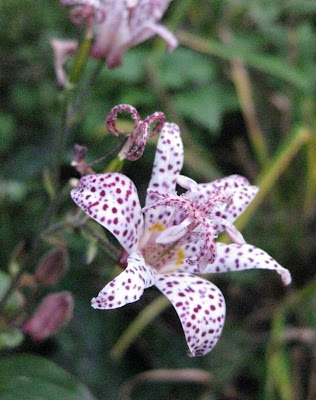Next time you go shopping for eco-friendly home cleaning supplies, consider adding large-leaved plants for every room in house. The reduce unhealthy pollutants as well as airborne bacteria and fungi while adding the humidity needed to combat respiratory and allergic conditions.
According to B. C. Wolverton, Ph.D., a retired NASA research scientist, indoor air pollution can be a major threat to our health. To determine how the earth produces and sustains clean air through plants, Wolverton and his fellow NASA scientists studied plants in controlled environments. The researchers found that houseplants can purify and revitalize air in our homes and offices, protecting us from the negative effects of such common toxins as ammonia, formaldehyde, and benzene.
Asbestos, pesticides, fumes from detergents and solvents, fibers from carpets, draperies, insulation, even glass - not to mention mold and tobacco smoke - all add up to a cleanup best tackled by Mother Nature. Plant leaves are able to absorb pollutants and send them to the roots, where they become food for microbes.
To get the most out of your house plants, set them up, 2 to 3 per room, so there is plenty of space around each one for ideal air circulation. Keep the air moist by misting plants. Avoid locations in the rooms where there are drafts or sudden temperature changes. Pollutants are absorbed through the leaves, so keep the leaves clear of dust by gently wiping with a damp cloth.
Top 10 Air Cleaning Plants
 Chrysalidocarpus lutescens, Areca palm
Chrysalidocarpus lutescens, Areca palm Chamaedorea siefritzii, Reed palm
Chamaedorea siefritzii, Reed palm Phoenix roebelenii, Dwarf date palm
Phoenix roebelenii, Dwarf date palm Nephrolepis exaltata, Boston fern
Nephrolepis exaltata, Boston fern Nephrolepis obliterata, Australian sword fern
Nephrolepis obliterata, Australian sword fern Hedera helix, English ivy
Hedera helix, English ivy Ficus benjamina, Weeping fig
Ficus benjamina, Weeping fig Ficus elastica, Indian rubber plant
Ficus elastica, Indian rubber plant Epipremnum aureum, photos
Epipremnum aureum, photosPhoto credit: mr_subjunctive, at the blog Plants are the Strangest People
http://plantsarethestrangestpeople.blogspot.com/2007/11/john-q-public-epipremnum-aureum.html
 Spathiphyllum wallisii, Peace lily
Spathiphyllum wallisii, Peace lilyArticle from Organic Gardening, Dec 2005/Jan 2006










































